In This Article
The Foundation has launched a new grant-making strategy through 2025 for its programs. Below, in their own words, our program officers describe the ideas, challenges and motivations behind it.
Culture
Culture
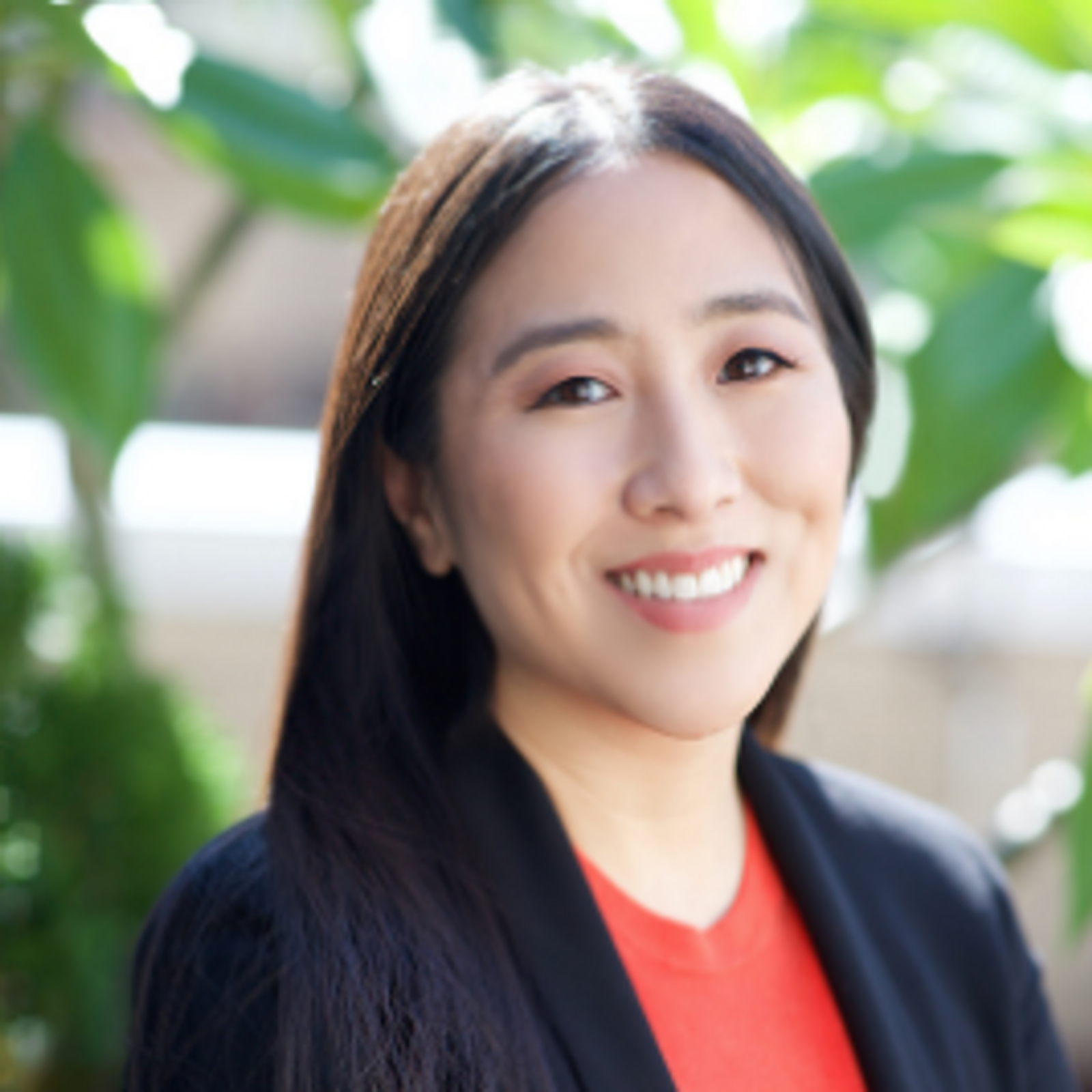
As the Foundation’s new Culture program director, I look forward to working with and learning from Joyce’s incredible network of grantees—artists and organizations across the city and Great Lakes region who continue to demonstrate unbelievable resilience, ingenuity, and creativity at a time when we all need inspiration, healing, and connection the most. The pandemic has shown us that the arts, rather than a luxury, are of critical importance especially during times of uncertainty and change. We will use those lessons in a new strategy for the program to be unveiled this summer.
The COVID-19 pandemic has laid bare deep, historic inequities in arts and cultural funding and across society more generally. As the arts sector navigates the immediate and long-term financial and human impact of the crisis, we have the opportunity and obligation to meaningfully address important questions, including: How can foundations partner with one another and work alongside government and the private sector to strengthen and revitalize our cultural infrastructure? How can we ensure that the sector emerges from the pandemic stronger and more sustainable? How can we ensure greater equity in our own arts and cultural funding practices?
With these questions in mind, I'm eager to draw upon my experience navigating Chicago’s uniquely collaborative arts ecosystem to grow new initiatives that will center often-marginalized histories and narratives, expand creative opportunities for artists of color, and offer more flexible types of support for BIPOC organizations.
Democracy
Democracy
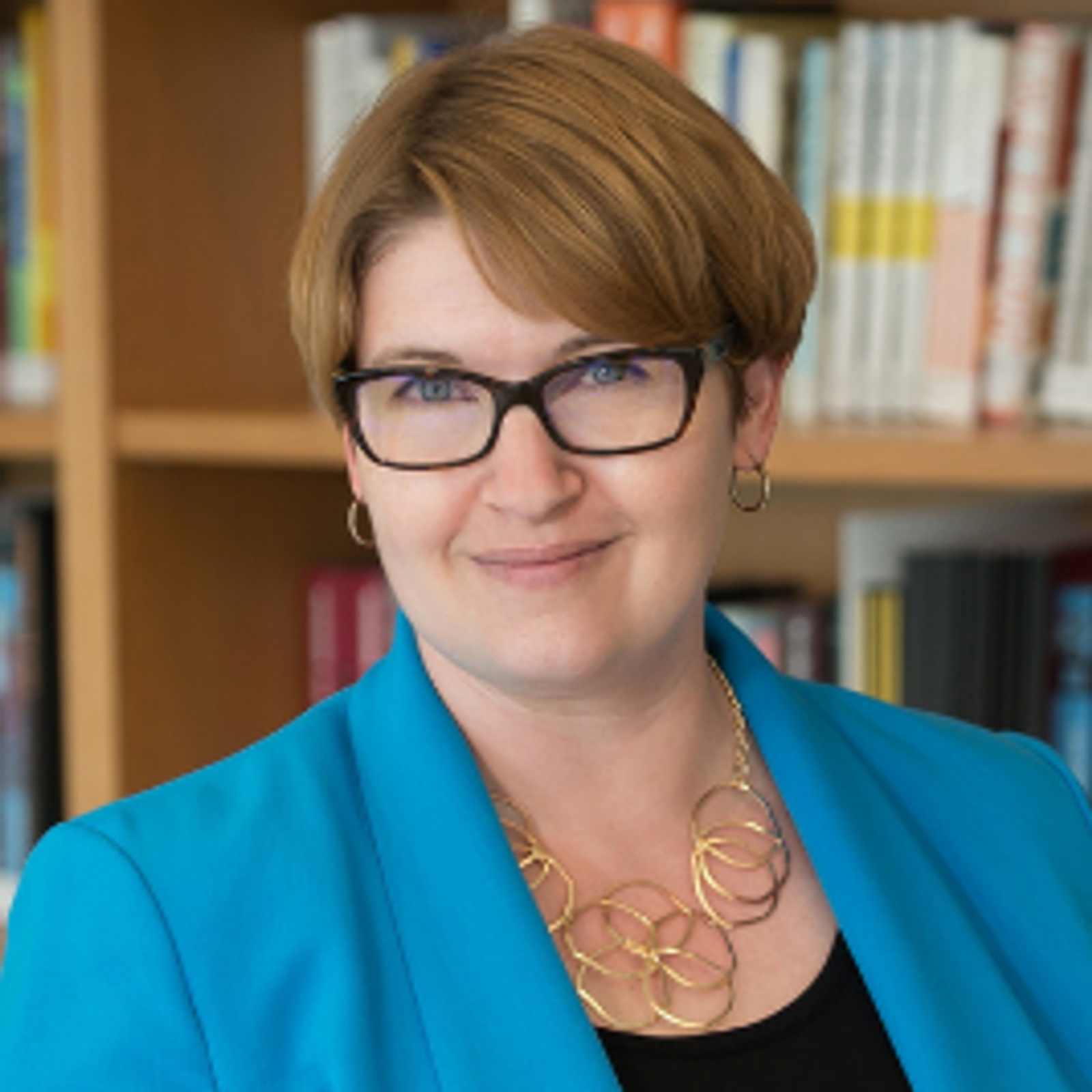
I see a silver lining in the challenges our democracy has faced: In the past, people seemed to think democracy just chugged along on its own. Now I think people realize that democracy is a lot like a garden – it needs to be tended, watered and weeded. The best part of democracy work – by far – is the smile and look of pride on someone’s face when they register to vote or cast a ballot for the first time. That’s when people realize they have power, if they choose to exercise it.
When thinking about fair elections, I keep coming back to one question: Who is the current process working for, and who is it working against? That drives a lot of our strategy, because the process is supposed to be neutral and allow voters to decide. How can we increase voter participation, especially among populations with typically lower turnout? And how can we convince voters to show up to every election, and not just every four years?
The biggest question we face? How to make elections work better for everyone. To be honest, right now they don’t even work the same for everyone. Experiences vary from zip code to zip code, with some voters facing long lines and broken machines, and some communities’ voices silenced by gerrymandering. Where you live shouldn’t limit you to only half a democracy.
Education & Economic Mobility
Education & Economic Mobility
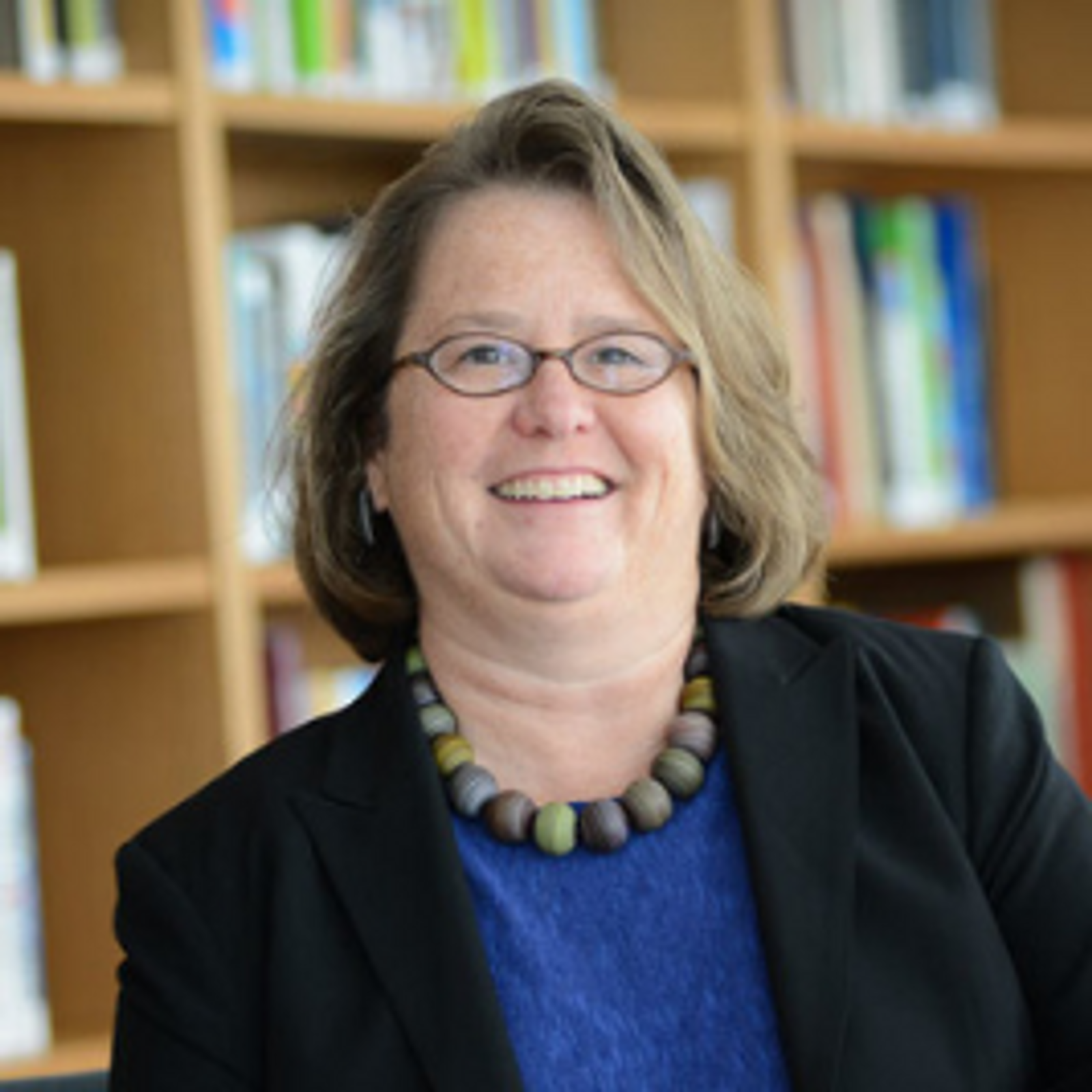
Despite decades of efforts to improve education and life outcomes for young people, we still have embarrassing gaps in academic achievement and college- and career-readiness. In Joyce’s K-12 program, we’re working to change the life trajectory of our most disadvantaged students by ensuring they have excellent teachers and principals and smooth transitions into post-secondary education and jobs.
I am excited about building an effective, diverse educator pipeline that brings a new crop of teachers and principals into classrooms that need them most. I am excited to work with the smartest policymakers to figure out innovative staffing models that bring the best teachers – and teaching – to more students. And I am jazzed that Joyce grantees are superstars at melding the tactics it will take – research, policy, advocacy, and listening to folks on the ground.
The main questions over the next few years? How do we help students and schools recover from the turmoil, learning loss, and even higher suicide rates caused by the pandemic? How do we coax more bright young people into becoming teachers and principals, and build systems that help them succeed?
At the end of this strategy, I hope our districts and states are national leaders in educator effectiveness. I would love to see broad new coalitions come together to help students close the gaps and recover from the pandemic. And I hope we use this disruption as an opportunity to reimagine and revitalize education, because we owe it to our young people.
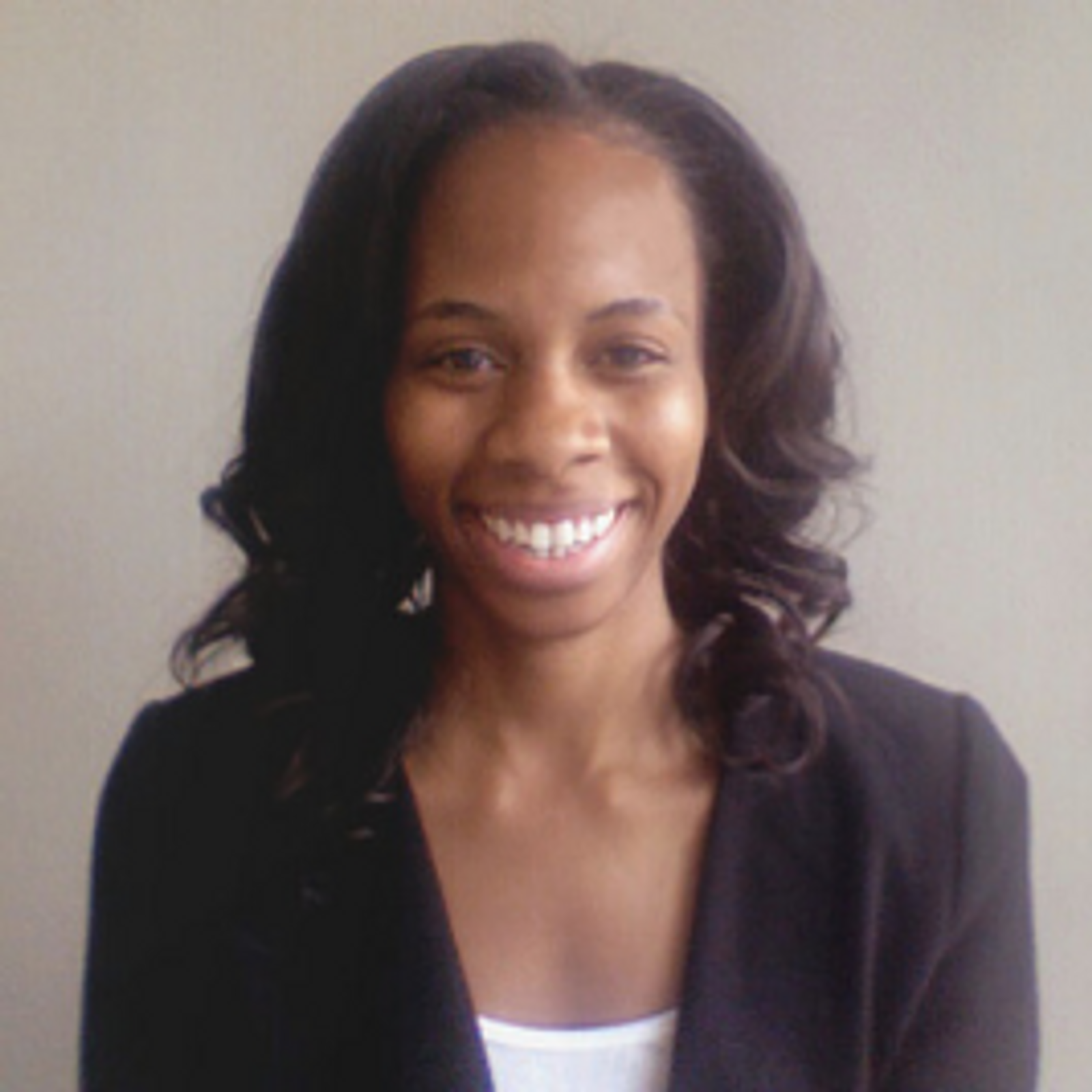
What if K-12, higher education, and workforce systems worked together more closely? What sorts of conditions and learning environments help ensure that historically marginalized students are just as likely as their non-marginalized peers to succeed in college? How can we align definitions and expectations of career readiness across all groups of students, employers, educators, and communities?
The search for answers to these questions is an incredible motivator in this work. There are certainly instances where you see this happening, but I want to help normalize these environments on a much larger scale. This is how support for good policymaking can be a powerful tool in philanthropy.
Given our work in different areas and at local, state, and national levels, I get to take many different approaches to college and career readiness. I support diversity in approaches, but also look to identify common themes in the work and share learnings with a wide range of stakeholders. It’s exciting to be part of a process that involves shifting mindsets and dialogues to ensure that students are sufficiently supported in preparing for post-secondary success.
My hope is that our strategy will help incentivize system-level improvements to serve young people who have been overlooked far too long, and help turn “what if” into “what is.” That would be a boon not only for the next generation but, ultimately, our society as a whole.
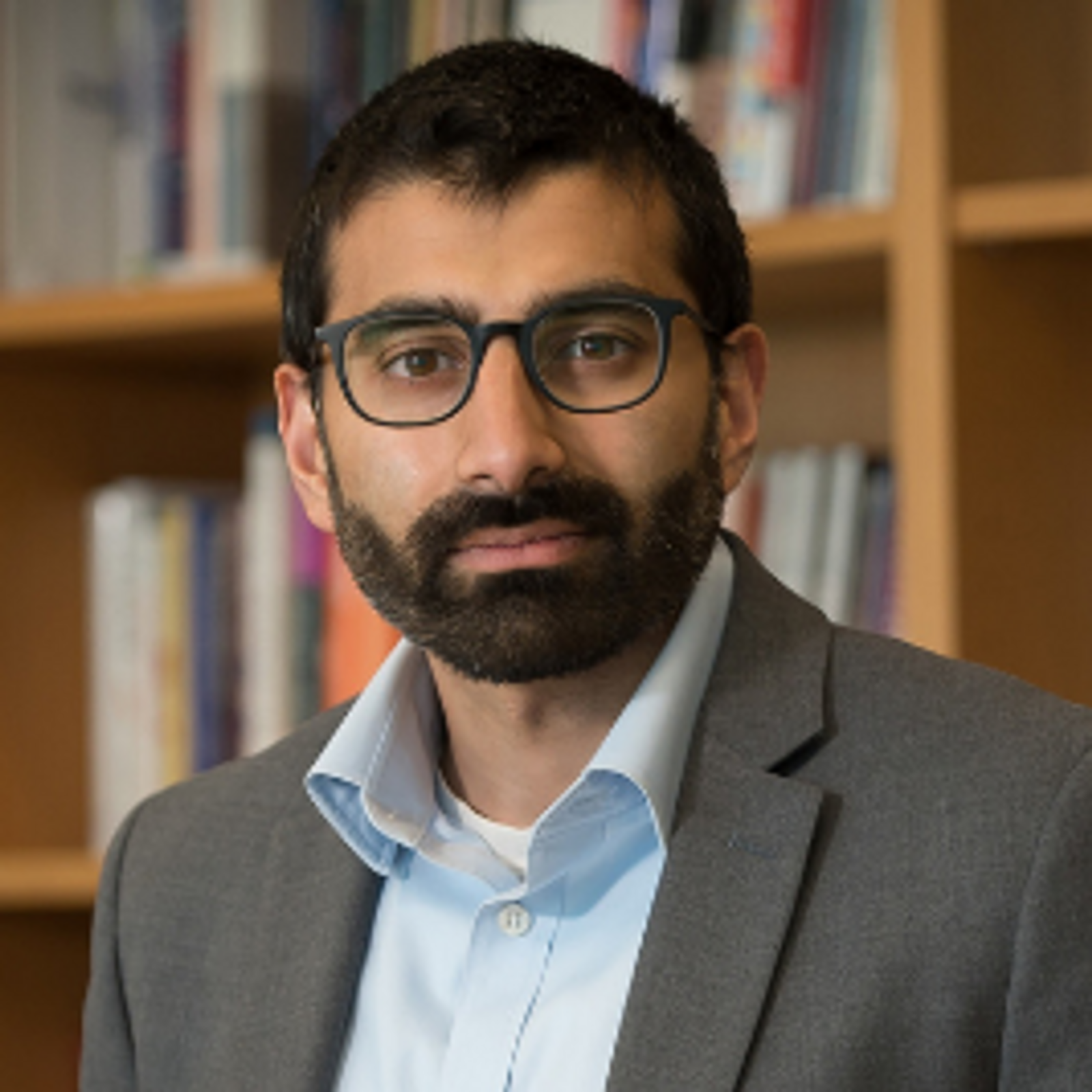
Our country needs to change course on our racially and economically stratified higher education system, and its resulting, unsustainable student debt.
At Joyce, we’re proud to have helped chart a course toward greater racial equity and economic mobility in higher ed, through building capacity at civil rights organizations and seeding new ideas on scaling up community college student-support programs and open access higher education more broadly.
The main questions in higher education and the future of work: How can state and federal policy makers advance equity within the constraints they are working under? How can we cultivate new ideas that have not been funded by others? How do we achieve significant progress for the next generation, even in incremental steps?
What excites me most about the next five years is the chance to define a new approach, one that builds an equitable and affordable higher education system, rather than one with unsustainable and inequitable debt burdens that stay with people for decades.
That type of system would celebrate and support every student rather than conferring prestige and resources on a wealthy few. In addition, while college confers many benefits, it should not be a prerequisite to earning decent wages in a stable job with basic employment protections. Looking ahead, we are excited to support efforts to buttress economic stability, mobility, and dignity for all workers.
Environment
Environment

Threats to clean water are real and growing. Decisions made over the next decade will determine whether freshwater resources in our region can provide for future generations as they have provided for us. To respond to the scale of the challenges, philanthropy needs to use its resources to leverage sustained, equitable public investment and policy to ensure that clean water is available and accessible to everyone.
There is a lot of momentum for change. The perspectives of people on the frontlines of water issues are being heeded and they are beginning to shape policy. Their voices are part of growing pressure to address threats to clean water in our taps and in lakes and streams. And COVID-19 has only heightened awareness of the importance of access to safe drinking water for public health.
By 2025, we hope that actions by states in our region are measurably reducing the amount of pollution entering Lake Erie; that water affordability measures are in place that prevent shutoffs for low-income customers; that states are on a path to remove lead water pipes across our region; that construction of Asian Carp prevention measures is underway in Illinois; and there’s a heightened focus on preventing groundwater depletion across the region.
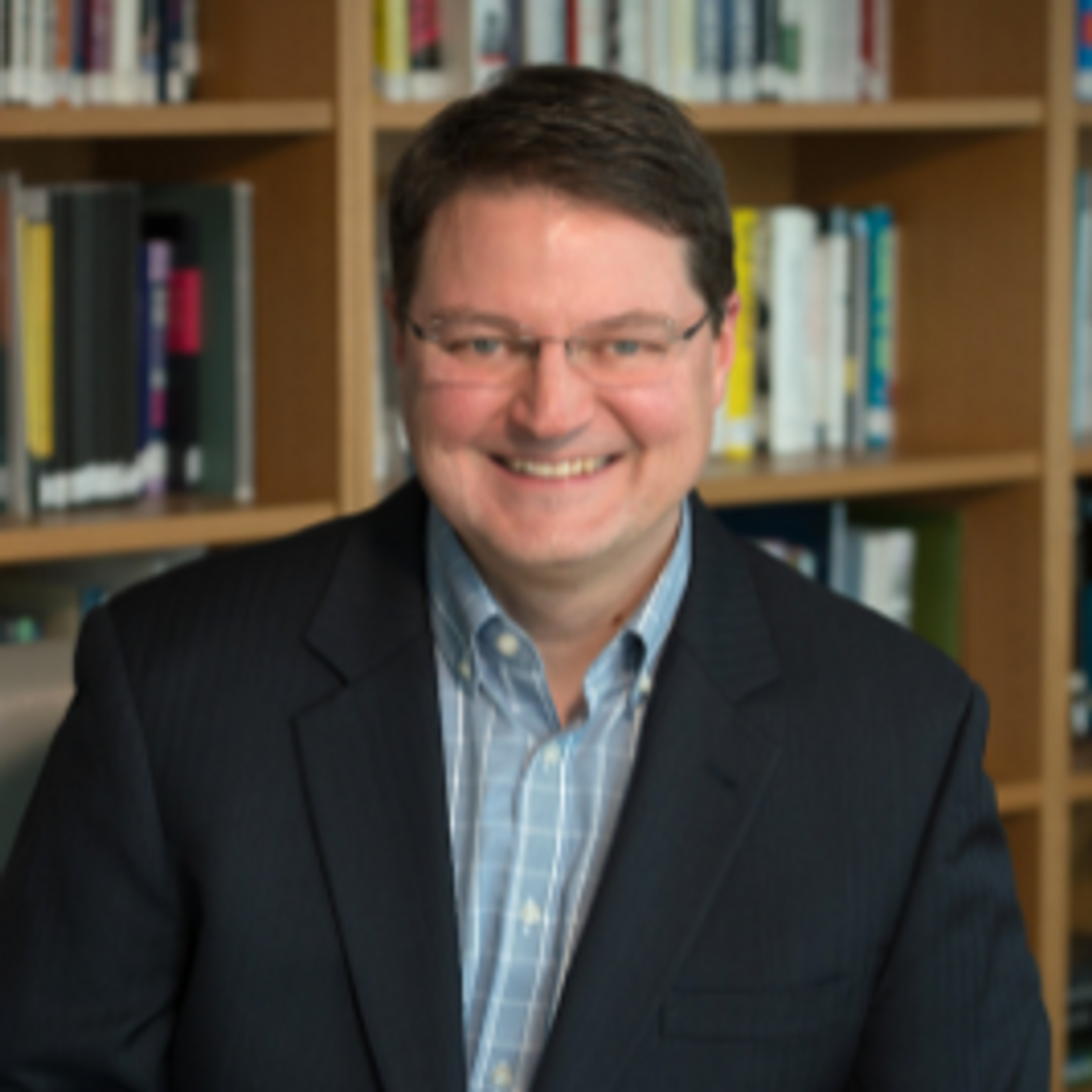
Two huge challenges frame any work on climate and clean energy right now. First, the need to dramatically reduce carbon emissions over the next decade to avert catastrophic climate destabilization. And second, redesigning climate and clean energy policy solutions so they meet the needs of communities most directly impacted by climate change and social and environmental inequities.
It is invigorating for us and our grantees to have arrived at a moment when the economics of clean energy, the direction of federal and many state policies, and public opinion are increasingly aligned in favor of aggressive, equitable climate action. In many cases, the time has shifted from research and talking to getting things done – policies adopted, jobs created, household energy savings captured, cleaner air leading to less asthma, more wind turbines in the ground, more solar panels on roofs, etc.
By 2025, we hope that states in our region have adopted enough policies and actually built enough new clean energy infrastructure that they are on an irrevocable course to eliminating carbon emissions from the electric sector, and that the transition is creating widely shared benefits and avoiding concentrated harms. That would allow us to pivot during the years 2025-2030 to supporting efforts to use all that low-carbon electricity to decarbonize other sectors of the economy, whether transportation, heating homes and commercial buildings, or heavy industry.
Gun Violence Prevention & Justice Reform
Gun Violence Prevention & Justice Reform
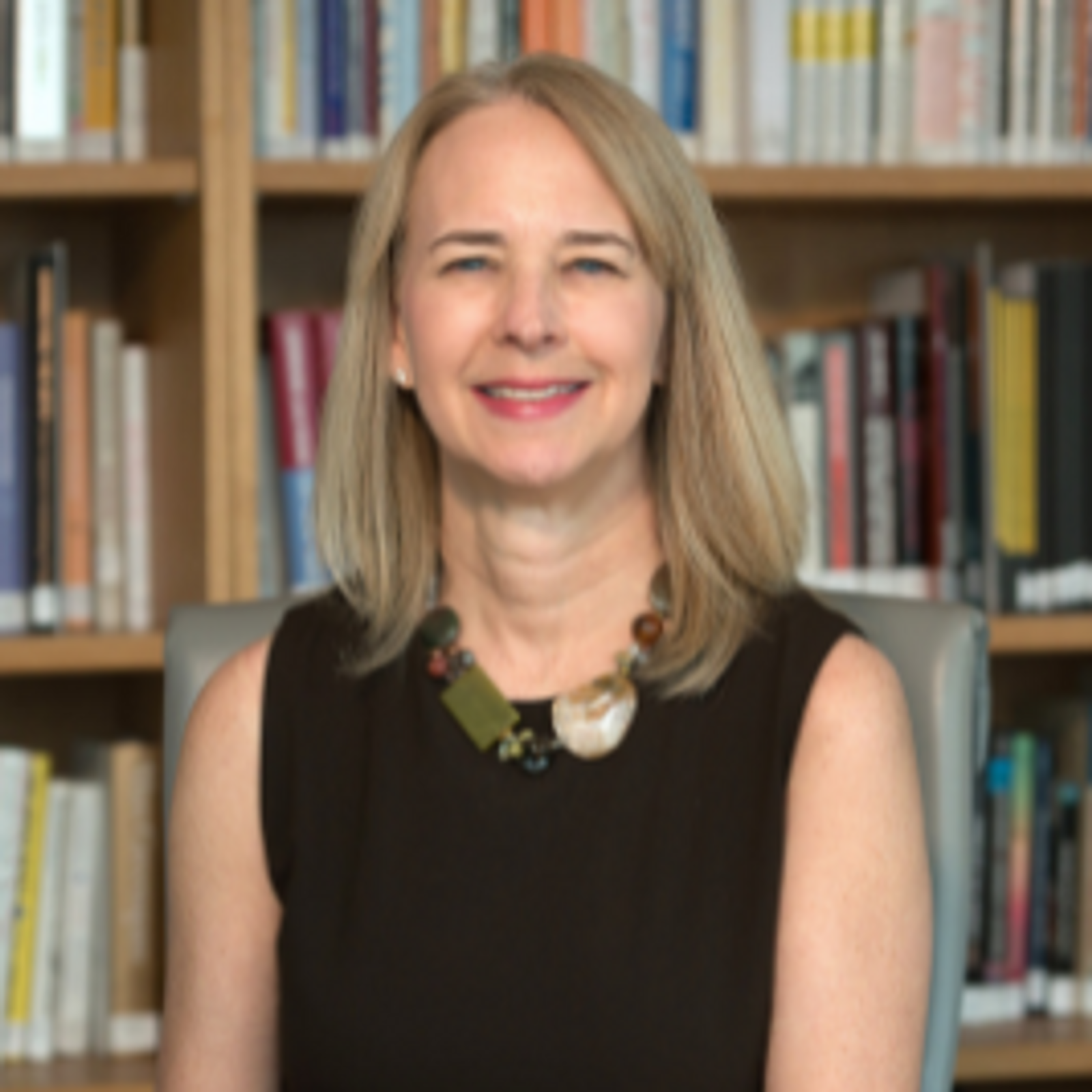
Gun violence harms far too many families and communities, whether caused by homicides, suicides, domestic violence, mass shootings, police shootings, or accidents. There is no single solution that will end this epidemic. But we know that easy access to guns is a risk factor for all types of gun violence, so our work begins with research and policies to reduce availability of firearms by those at high risk of violence.
From there, it branches in several ways: Firearm suicides account for nearly two-thirds of all gun deaths, most involving legally owned guns. So curbing gun suicides depends on engaging gun owners in the development and implementation of solutions. And we can’t stop community-based gun violence without attending to the harms and disparities caused by the criminal justice system’s response to gun violence.
I’m excited about our new focus on violence intervention. Emerging evidence supports targeted, community-based programs that address those at greatest risk of gun violence. We will fund research to further build that evidence base; create communities of practice among intervention practitioners and public sector offices that support them; and support advocacy to secure adequate funding.
I’m also excited about reimagining public safety. We are in a moment to think big about new ways to keep communities safe, centered on community-based responses, rather than relying on law enforcement as the only option. We hope to fuel a paradigm shift in the way our cities think about safety, centered on public health, equity, healing, and a shared vision and commitment to it.

I am steadfastly optimistic that we can reduce gun violence in our communities. What excites me is the growing attention and interest in what we can do about it. As the number of partners, organizations, and allies in government continues to grow, so does the window of opportunity to do something about it through funding of research and advocacy.
First and foremost: how do we break the stalemate on gun policy, enact a policy agenda at the federal, state and local levels that will save lives, and fund programs in our communities that will reduce violence. Given the influx of private funders and new federal and state resources supporting research and data collection, how do we build on a growing body of evidence in a focused and strategic way? How do we effectively educate communities about the actual risk of owning or possessing a firearm versus the perceived risk? And what can be done to enhance oversight of the gun industry, which has largely gone unchecked in recent years?
Ultimately, we want to support the building of an evidence base that shows how to do reduce all forms of gun violence. We are just scratching the surface on what we need to know about what works, and what doesn’t, how to scale up successful efforts, and why other policies fail. And we want others to know all this too, through sophisticated and evidence-informed education campaigns that translate and disseminate that research to policy makers, media, advocates, and the general public.
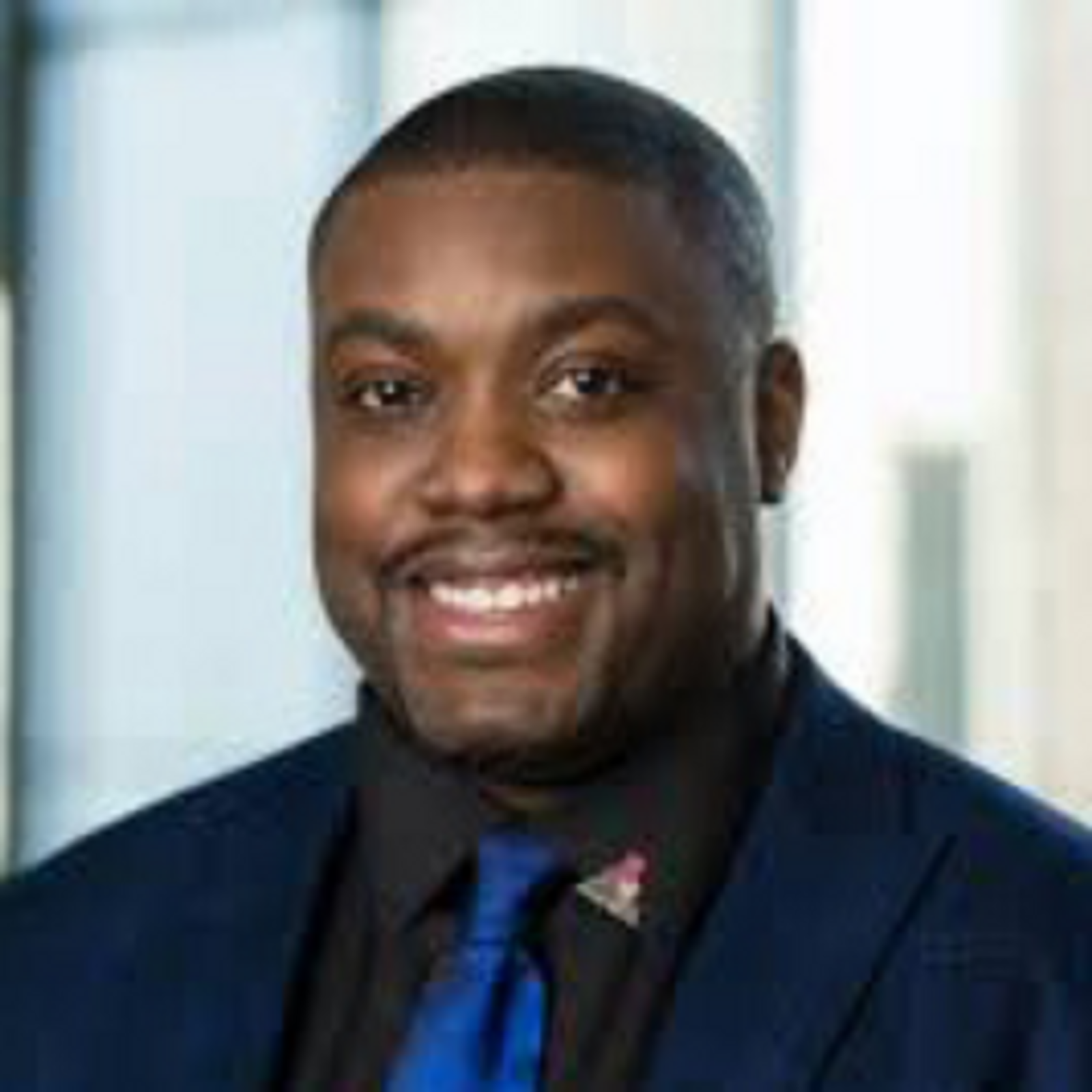
What drives my approach is a fundamental belief in possibility. In the face of the most pressing issues – chief among them, gun violence and justice reform – I believe that a safer, more just world is possible.
To grantmaking, I bring a background in sociology, community organizing, advocacy, and teaching, but also a fierce passion to make a contribution to changing the world where it seems amiss, and where people aren’t allowed to reach their full potential. I bring to this work the realities of funerals for young men gone too soon, and the pain in their families’ eyes. I bring the legacy of my grandparents, who came to Chicago from the South, escaping racial terror only to find a different version here. I bring my upbringing on the West side of Chicago, and every place like it in the country, where people could not escape the structural inequalities embedded in this nation.
For me, the most exciting part of this work is the opportunity to collaborate in creating solutions that make communities safer. Listening to grantees – and learning from their ingenuity – excites me every time I log in to my computer. At the end of this five-year strategy, I hope to have learned the most effective and promising alternatives to incarceration, and what a future of public safety looks like without over-policing and harmful policing. And I hope to learn how to most effectively bridge the divides that hinder our progress on fair and equitable policies.
Journalism
Journalism
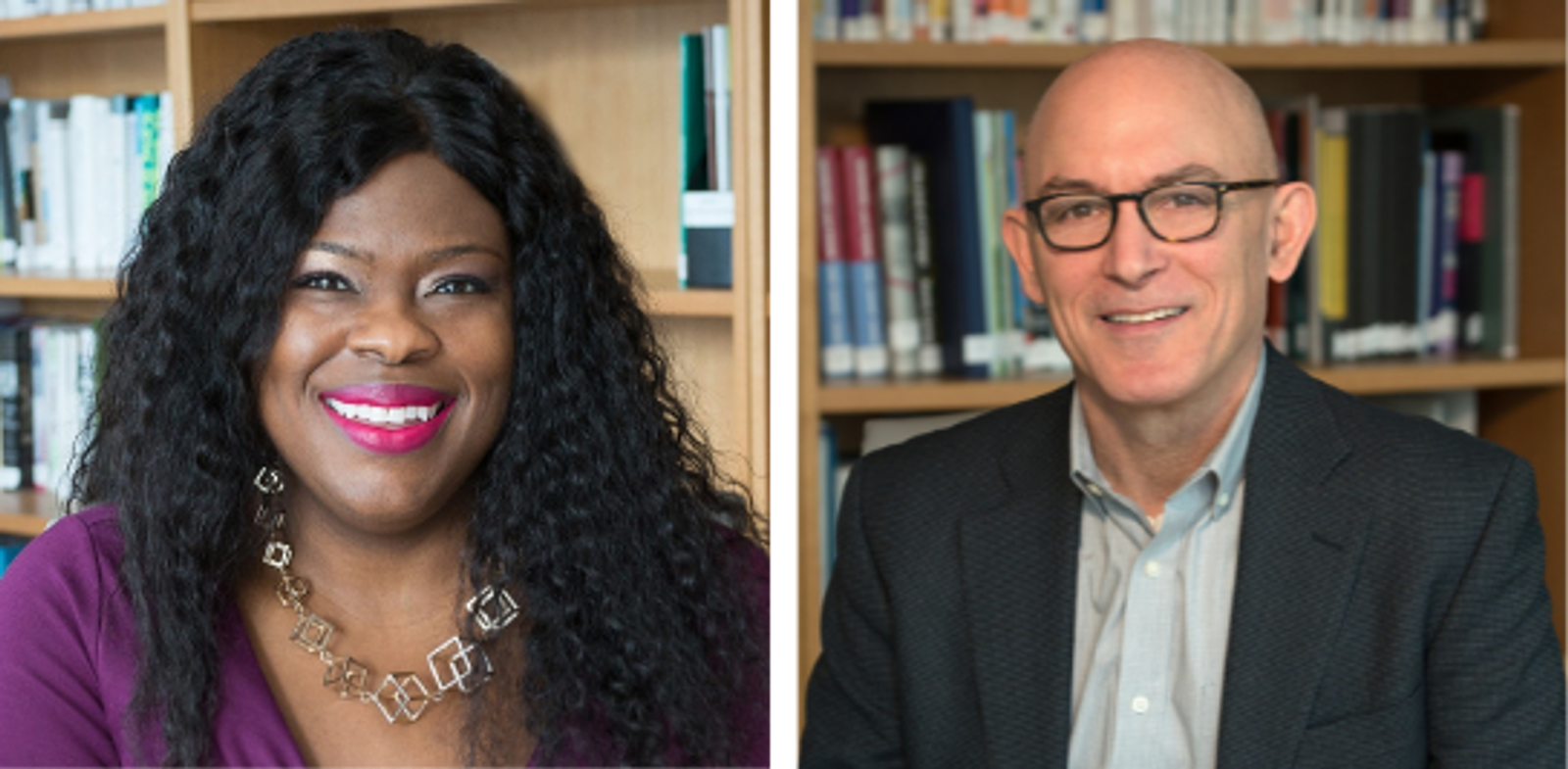
A healthy ecosystem of journalism – investigation, transparency and accountability – is critical to the success of every policy and initiative the Foundation pursues.
We’ve all seen what happens when sound journalism is starved of resources and crowded out by misinformation. We are committed to supporting reporting that illuminates the policy priorities the Foundation invests in – journalism that, for example, exposes environmental threats and examines children’s COVID-related learning loss, that explores smart criminal justice approaches and incorporates a full spectrum of voices so we better understand the challenges we face and our leaders are better informed about the solutions.
What inspires us about the path forward is the energy going into rethinking and rebuilding locally driven public affairs journalism, and a growing realization of how vital it is. Having witnessed and participated in many of the field’s evolutions, we are encouraged by the creativity behind new methods of telling stories, and the entrepreneurship behind sustaining it financially and delivering it to vital audiences.
At the end of the five-year strategy, we hope to say we helped our journalism grantees succeed in restoring health to the ecosystem, and that a new, more-representative generation of fact-finders and storytellers is thriving inside it, for the benefit of us all.
Letter from Our President
Letter from Our President
"Building on its longstanding efforts, the Foundation is extending its commitment to helping create a more fair, just and equitable future for our region’s young people through a five-year, $250 million strategy." Ellen Alberding, President
About The Joyce Foundation
Joyce is a nonpartisan, private foundation that invests in evidence-informed public policies and strategies to advance racial equity and economic mobility for the next generation in the Great Lakes region.